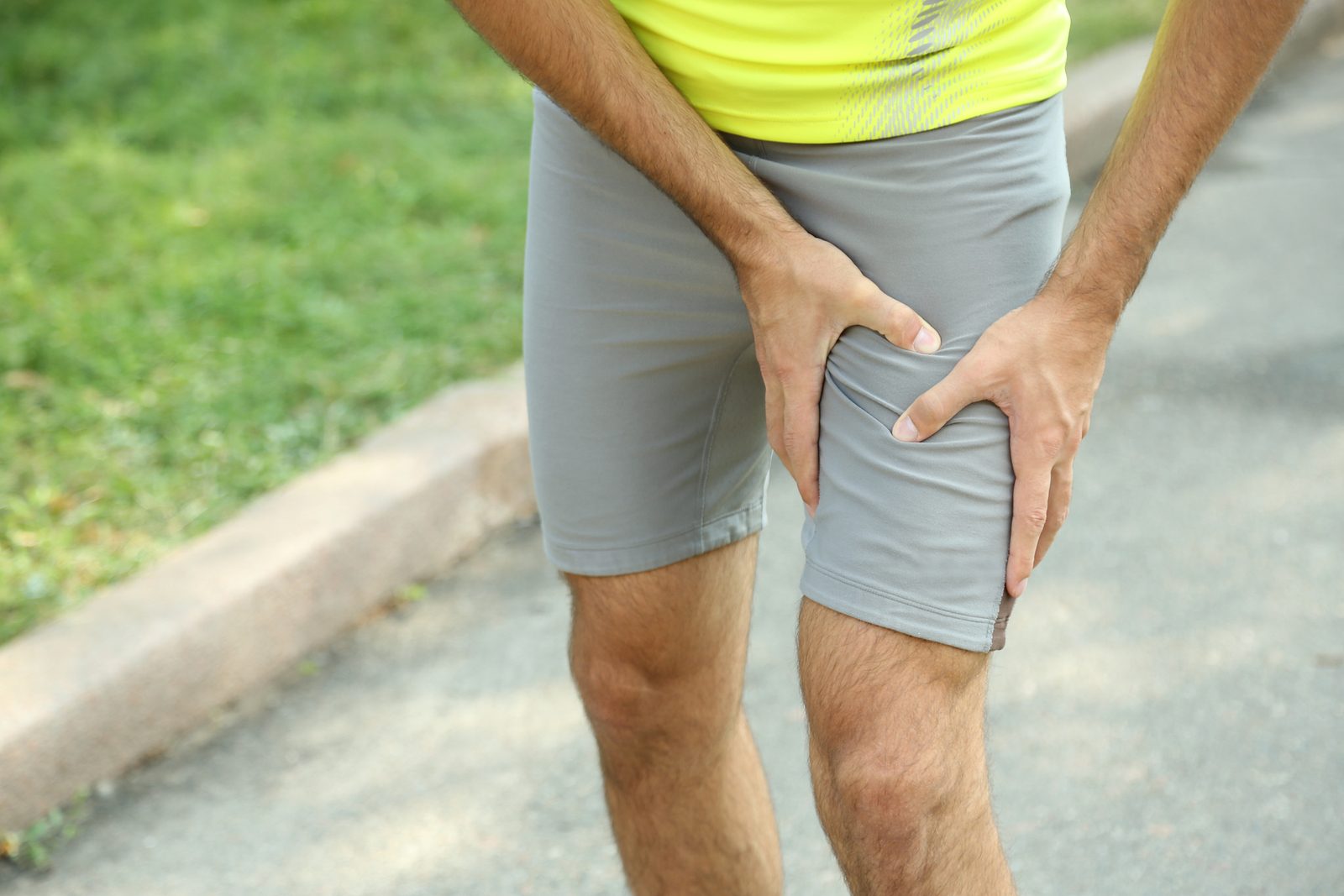In my office I see all types of injuries stemming from a multitude of accidents: Car crash, falls, lifting, or athletic injuries have differing methods of treatment and focuses on healing in order to get the patient back into their activities of daily living.
In the many cases of athletic injuries I see, the primary focus is how quickly the athlete can return to their sport. Many times, an athlete will enter my office with hopes of being back in their sport by the next game. Usually this means that their are only a few days to have them functioning again. Sometimes they can make their next game, sometimes not. Since most athletic injuries are sprain and strain types, I will focus primarily on this type of injury in this article, since other injuries such as fracture or concussion will typically stop participation for much longer. When speaking of sprain/strain injuries, it is important to follow the acronym P.R.I.C.E. when dealing with an athletic injuries.
Protect. Rest. Ice. Compress. Elevate.
Protect – This should go without saying, but injuries should be wrapped or braced in order to protect it against further injury. I am against using ridged boots or casts on extremities for sprain/strain injuries, because movement is essential in order to get back into your sport. I prefer flexible protection that allows the injured joint some movement while at the same time stopping excess movement and re-injury.
Rest – Rest is essential for 24 to 48 hours while controlling inflammation, then it is just as important to begin strengthening again.
Ice – Perhaps the most important aspect, but one of the most underutilized parts of healing for most athletes. Proper icing requires that the area be cooled enough to feel numb after icing. The process of getting to the numb stage however is painful. When ice packs or ice bath is applied to an athletic injury, it first feels cold, then it aches, then it is painful, then it will reach the numb phase. The total process takes about 20-25 minutes to reach the numbness. Once an athlete reaches the numb stage, then icing is tolerable. If they keep removing the ice during the painful stage, then they will never get the full benefit of reducing inflammation and will not heal as quickly.
Compress – Keeping pressure on an injury may help keep inflammation down, but beware, too much compression (especially during sleep) may be problematic since it may affect blood flow and drainage and cause further complications.
Elevate – Elevating the limb is a way to drain fluid off the injured area, and again help healing.
The P.R.I.C.E. method, as you may have gathered, is primarily about reducing inflammation. Healing simply cannot occur in the presence of inflammation. Therefore, the longer it takes for inflammation to reduce, the longer the athlete’s injuries will keep him or her out of the game.


Recent Comments